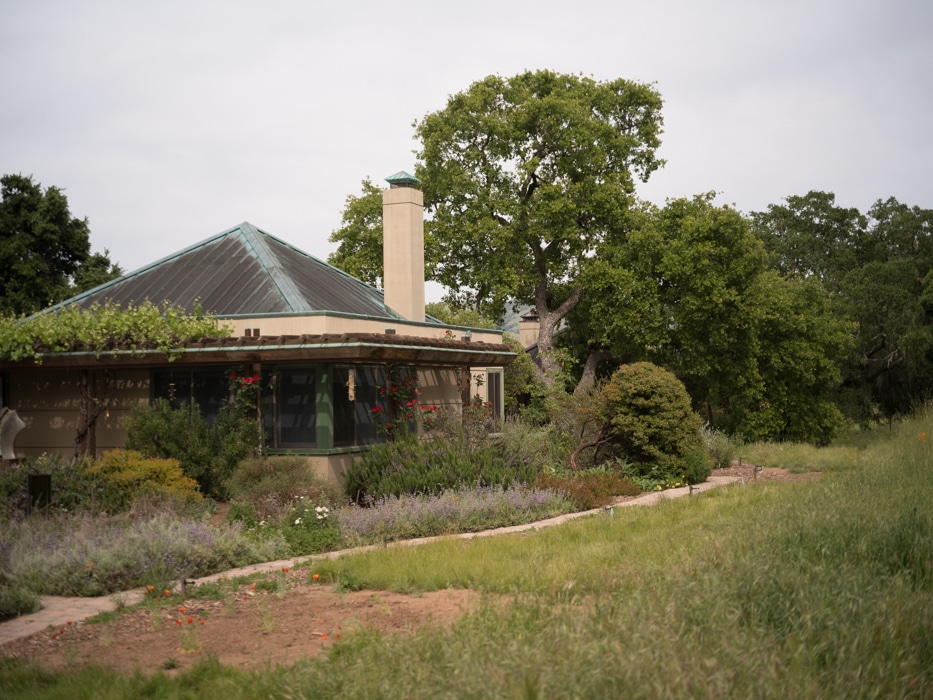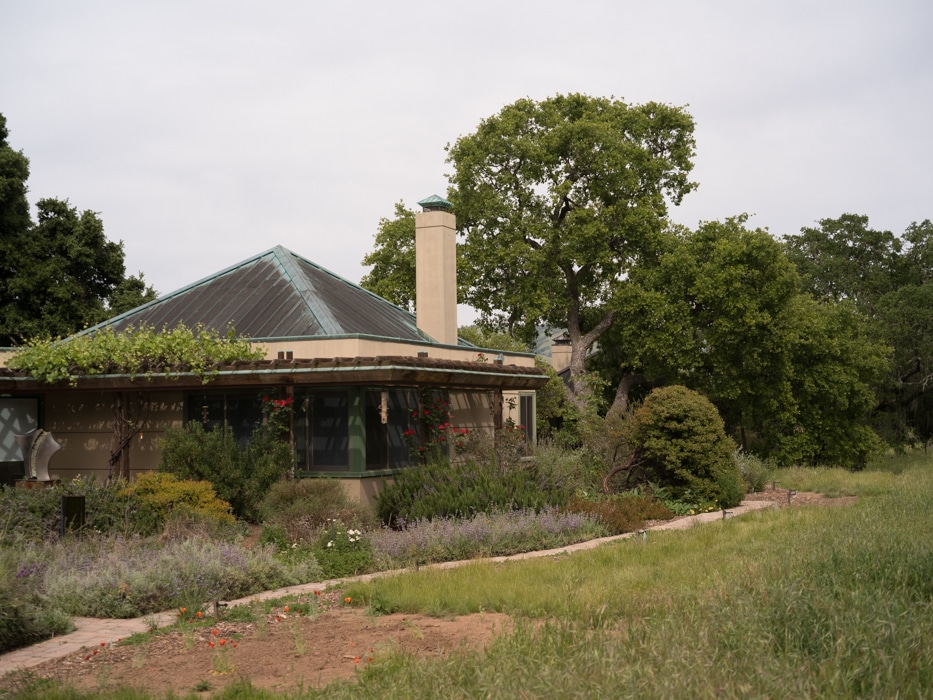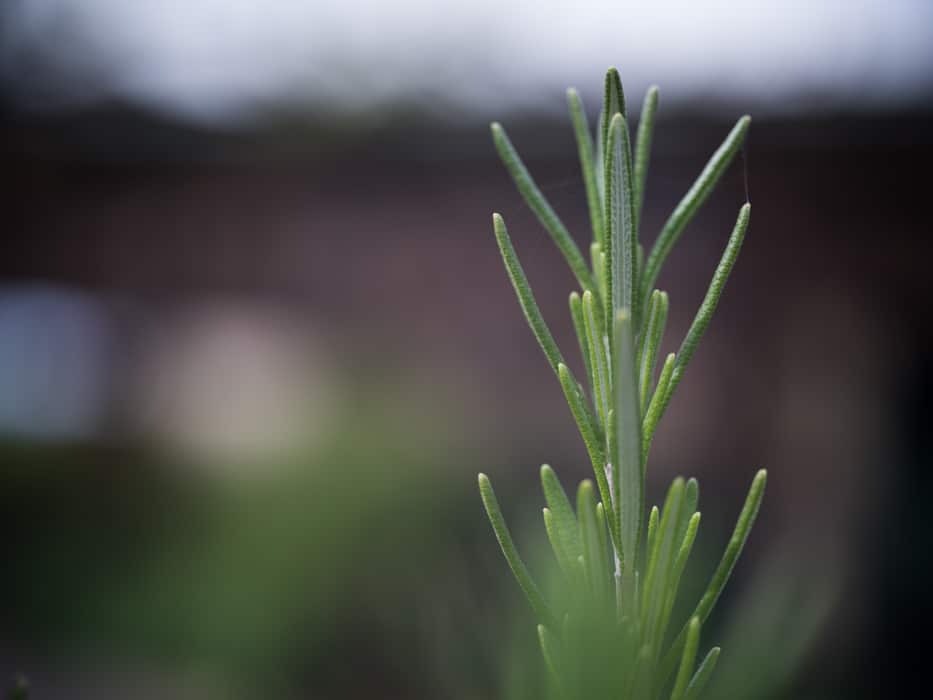This is the 43rd in a series of posts on the Fujifilm GFX-50S. The series starts here.
I’m thinking about a project for which the Fuji 120/4 macro on the GFX would be perfect except for one thing: the focal length is a bit long. That got me thinking about shorter alternatives. I have a few 85 to 105 macro lenses that might work out well, but I thought I’d like something even shorter than that. I remembered the Coastal 60 mm f/4 UV-VIS-IR. This is an apo lens on steroids, being corrected for UR and UV wavelengths as well as visible ones. I’ve tested it several times (here, here, and here), and found that it is pretty sharp, but not astoundingly so. The 120/4 would walk all over it, and it can’t even keep up with the SOny 90/2.8 macro. But it is by no means an unsharp lens, is astoundingly well corrected, and, if it will cover, it might be just what i need for my nascent project.
The worst subject distance for coverage is infinity, and the worst f-stop is wide open. So that’s what I tried first.
Pretty darned good. A bit hot in the middle, and there is some corner shading, but this is a lot better than I expected.
If I stop it down a stop:
Now it’s looking quite good.
Will that wide open corner shading go away if we focus it at 1;2.5?
It looks quite good to me.
I won’t show you the results, but I tested it for sharpness, and the GFX corners are a little soft, but acceptable for most uses where you’d employ that f-stop. If you stop it down a bit, the corners crisp up.
This is a very expensive lens. I would not recommend that you rush right out and buy one for macro use on the GFX. However, if you have one already, I think you’ll be very pleased with its performance on the new Fuji camera.




I don’t know what reproduction ratio you need, but wouldn’t an 85 or 90mm tilt/shift lens be ideal? Those will easily cover the larger sensor, and both the Nikon and the Schneider Kreuznach go to 1:2. The Nikon is not bad and the SK (which I’ve not used) supposedly much better. Quite expensive, though.
Hi Jim:
Several of the forensics and cultural heritage users of the 60mm UVIR have noted its usability on larger formats. It turns out that the minimum vignetting occurs at about 1:8 magnification, or about a 2-foot object-to-image distance. If you shoot more distant subjects you’ll get more and more lower ray vignetting at the front element, and if you shoot closer subjects you’ll get more and more upper ray vignetting at the rear element. This seemingly strange behavior happens because the rear group is fixed while the front group moves for focusing. As a result, you should get less vignetting at infinity when shooting 4:3 on the GFX than you do at 1:2.5x magnification.
Interesting. Thanks for that. I also stay away from high magnification with the CO 60/4 because I get hot spots there. They seem to be worse on the GFX than the a7RII, though I have no idea why.
IIRC, the hotspotting at close-focus was due to a pair of reflections between the last two lens elements, and nothing to do with the sensor or any coverglass. The only thing I can think of is that the contrast is increased somehow by the CFA interacting with the ultra broadband AR coatings in the lens.
Thanks. I haven’t done a head-to-head comparison, just a vague recollection. Probably wrong.
Hello,
Have you tried (if not will you?) the Coastal OPtics on the GFX100 yet?
I would love to see how it works and holds up. this is extremely important for my profession. I hope you can respond.
I haven’t tried it, but it should work about the same way on the GFX 100 ans ithttps://blog.kasson.com/the-last-word/coastal-604-uv-vis-ir-on-fuji-gfx-50s/ixel pitch. does on the GFX 50S. The microlenses are about the same size; all that’s materially different is the pixel pitch.